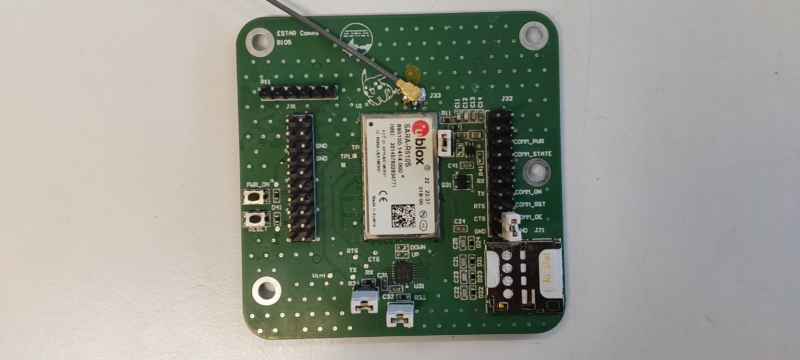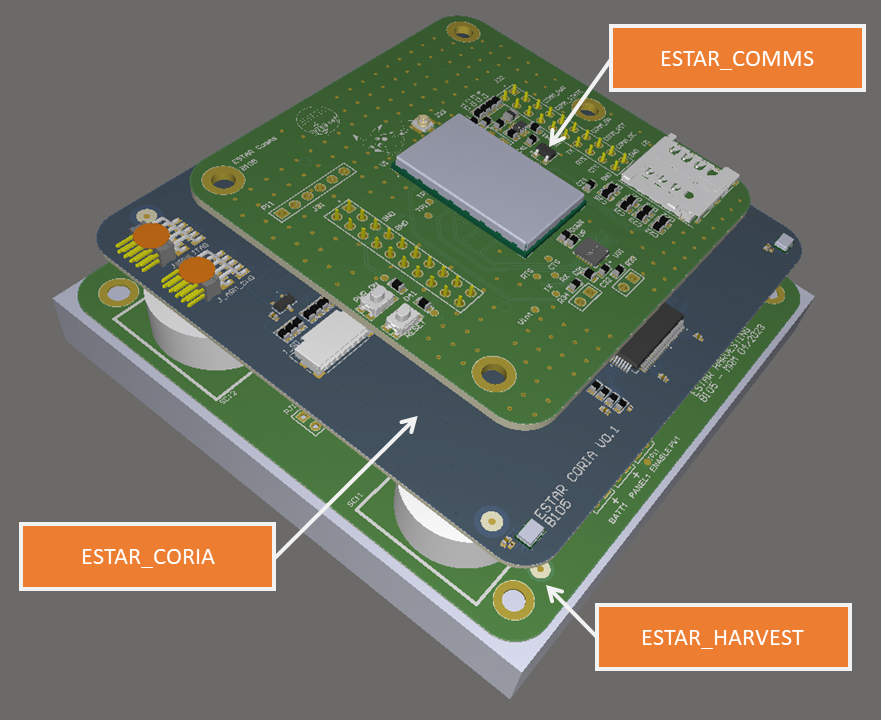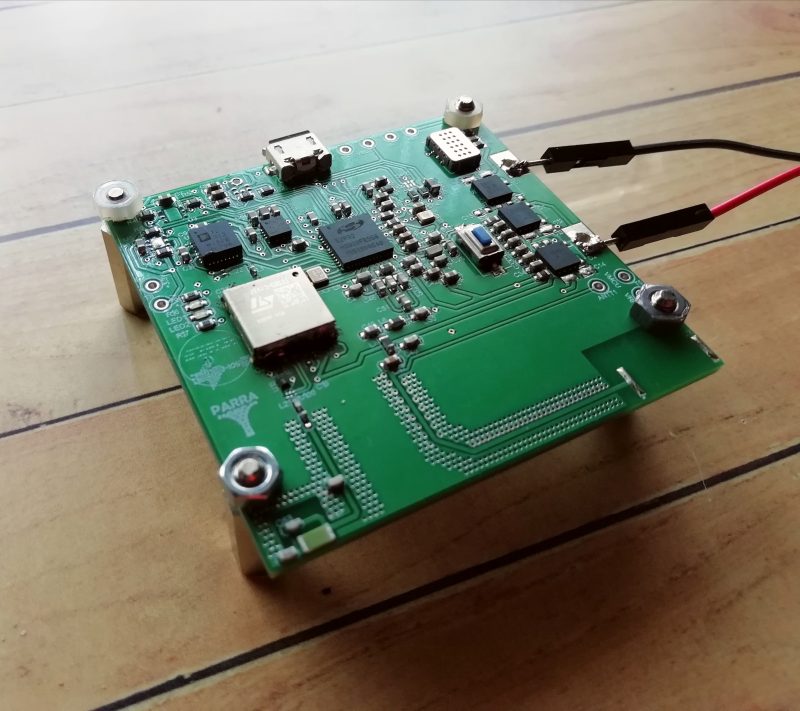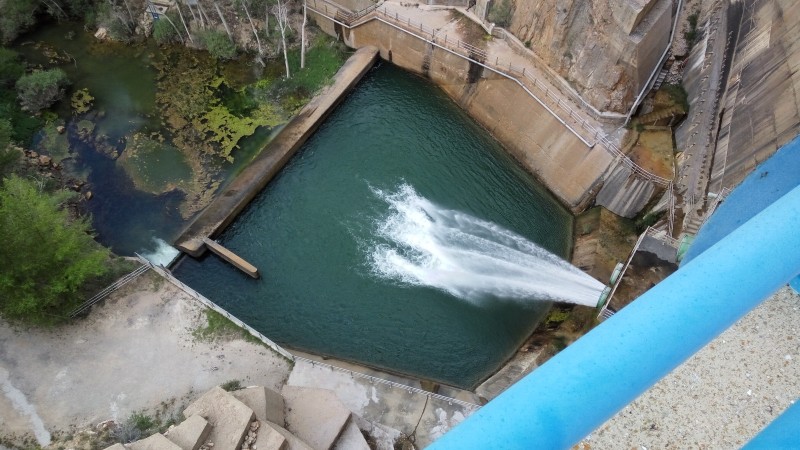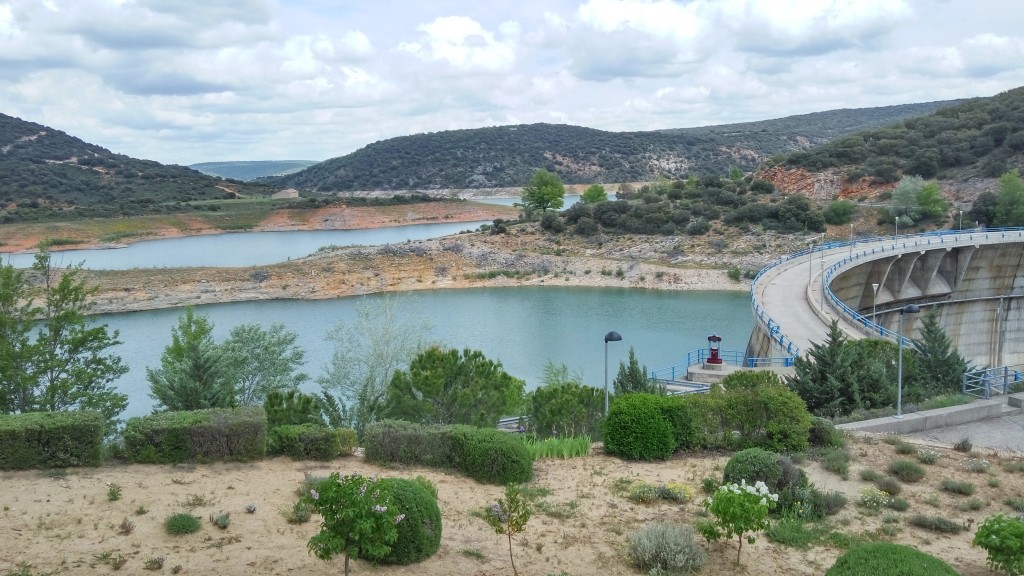The development of IoT product has generated multiple needs in the field of information and communication technologies. Among them, the challenge of creating technological products capable of functioning independently of the power grid arises, leading to a line of development in telecommunications that, instead of maximizing the transmission capabilities of a system, seeks to minimize its power consumption.
This TFG is developed within the ESTAR project, an autonomous IoT product meant for monitoring multiple environments. More specifically, it focuses on ESTAR_COMMS, the module which will be in charge of connecting the device to an external server.
In order to provide wireless communications with the lowest energy cost, an analysis of different components is given, concluding with the SARA-R510S-01B. The SARA has access to NBIoT radio technology from the LPWANs that allows for low speed, low payload, sporadic and Ultra-Low-Power transmissions.
In the thesis, the following results are presented:
- A functional communication design and PCB prototype that uses the SARA-R510S-01B module, with an analysis of all design stages.
- A first approach to the software design, in addition to a summary of the main AT commands that will be used to control the SARA.
- The first energy consumption tests with the KeysightB2901A.

